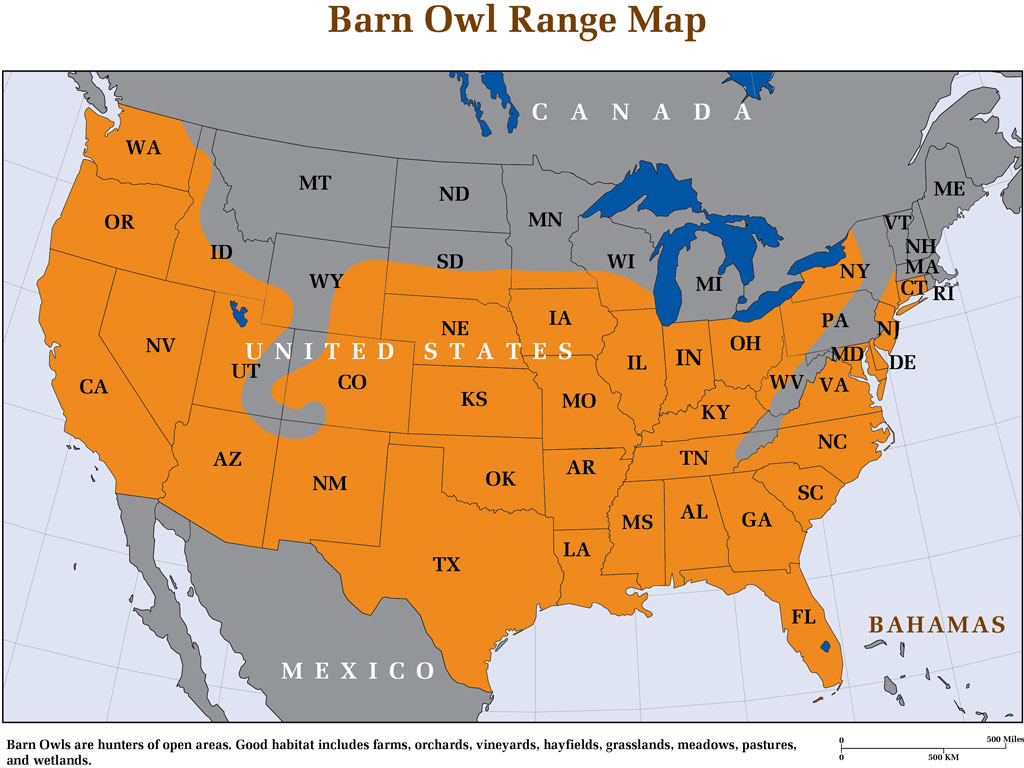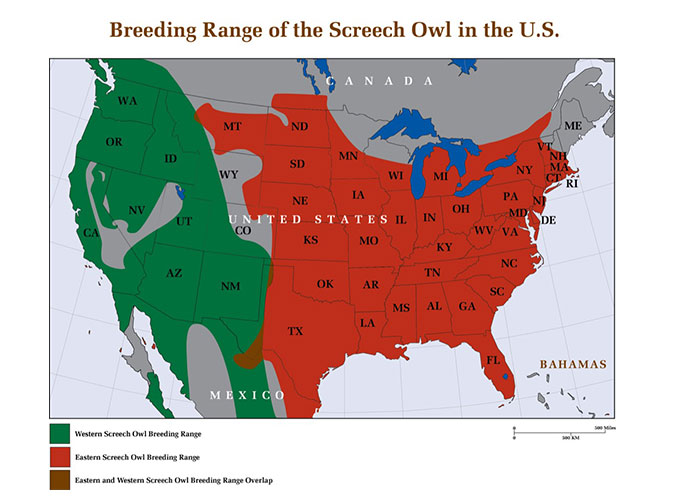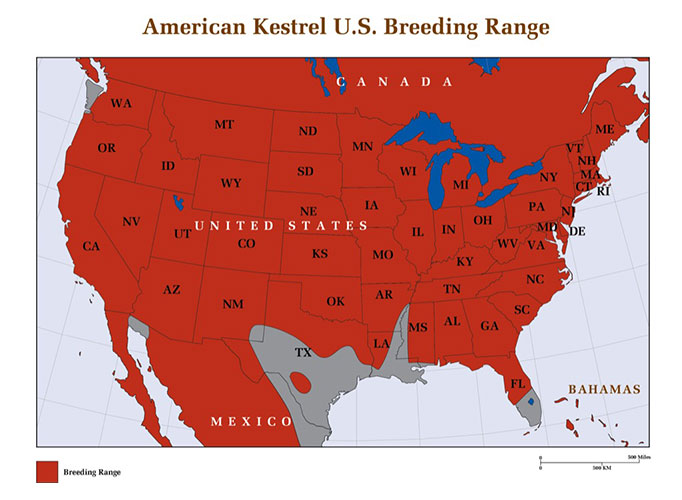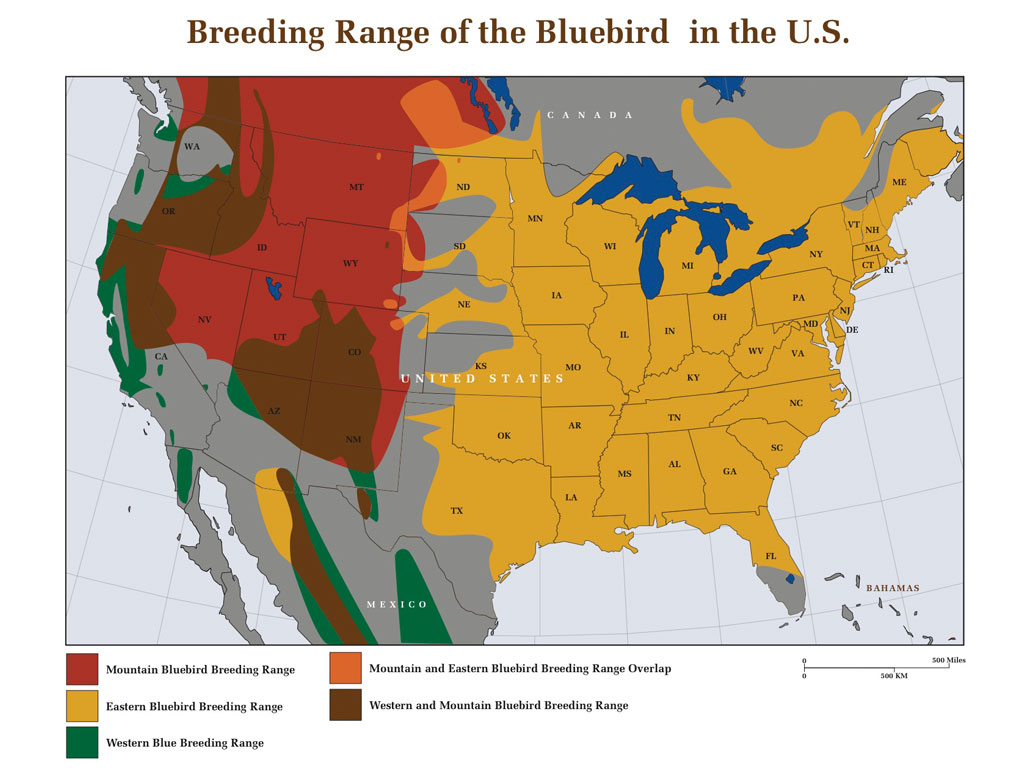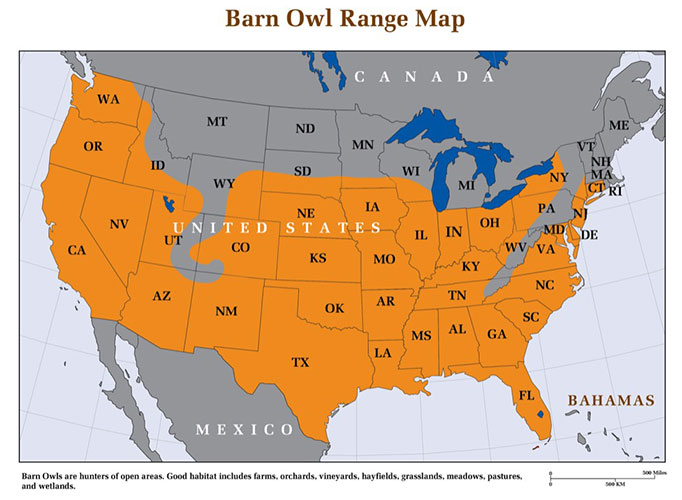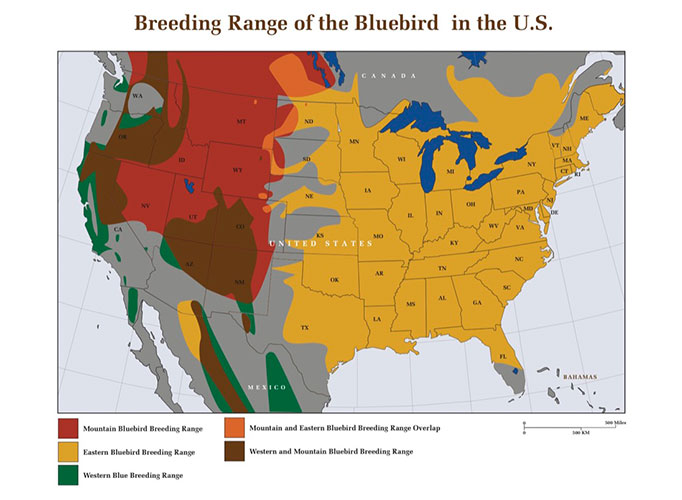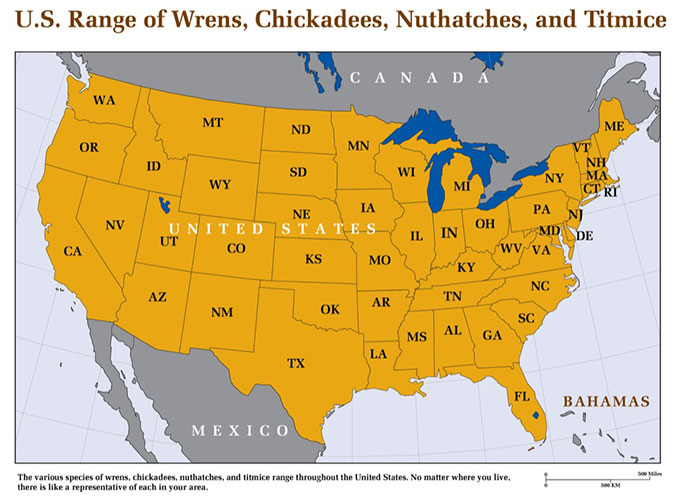Free Shipping to the Contiguous United States
Barn Owls in Kentucky
Kentucky Barn Owls The Barn Owl is on Kentucky’s list of Species of Greatest Conservation Need under their State Wildlife Action Plan and on their Heritage program’s list of species of special concern. In recent years, the state has been…

